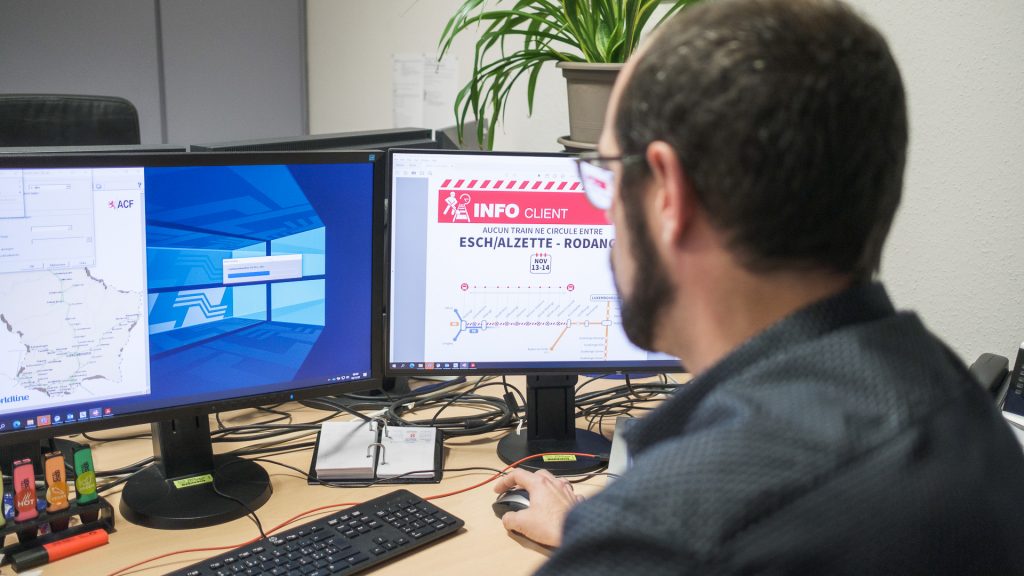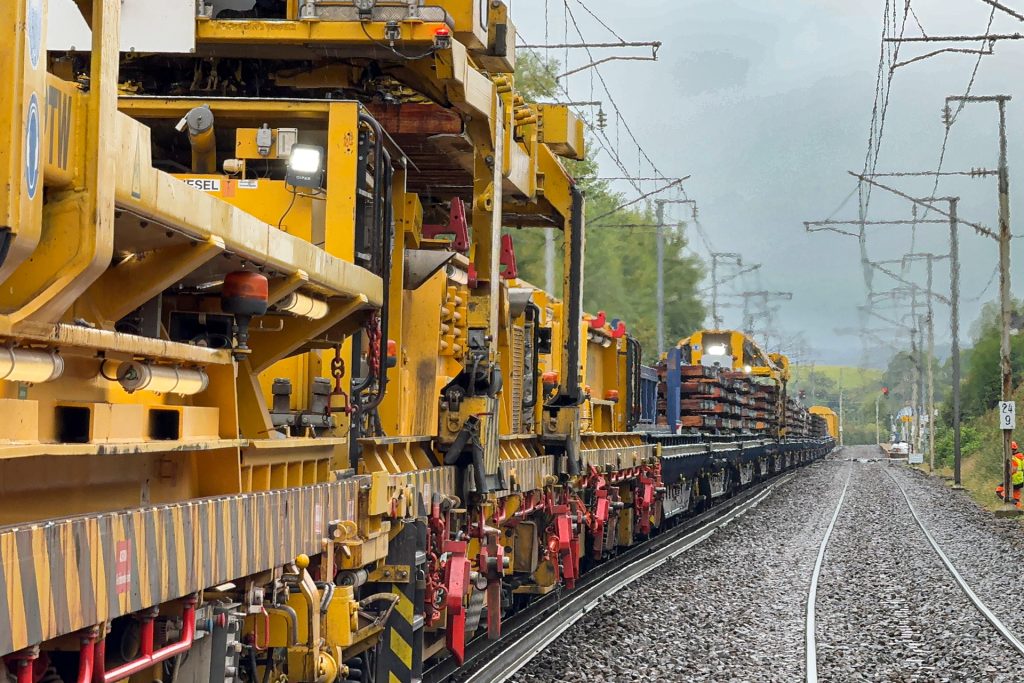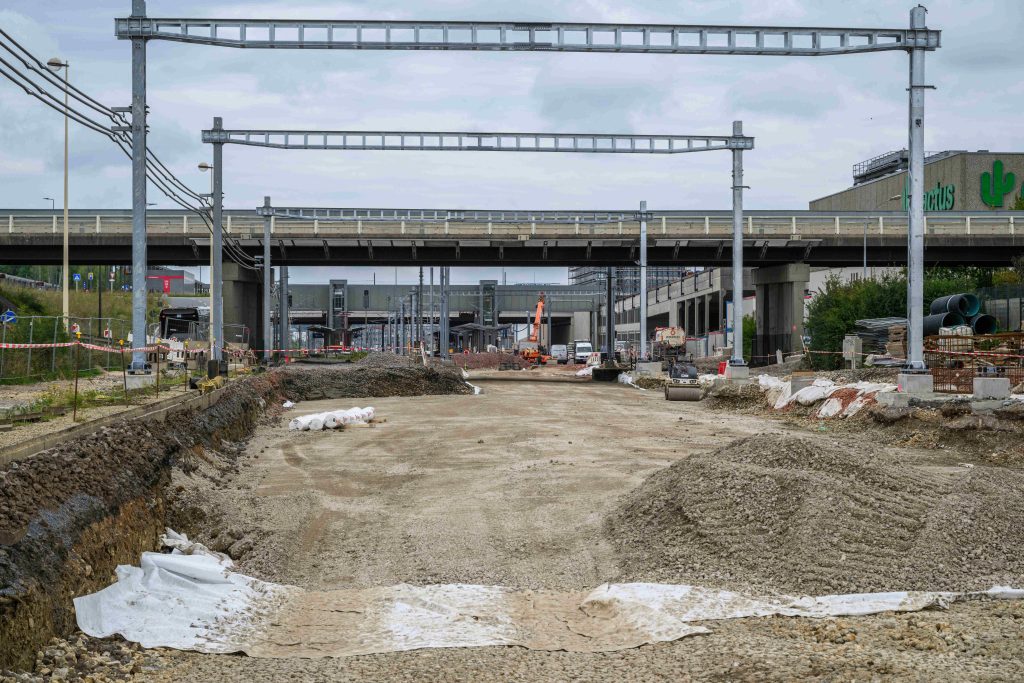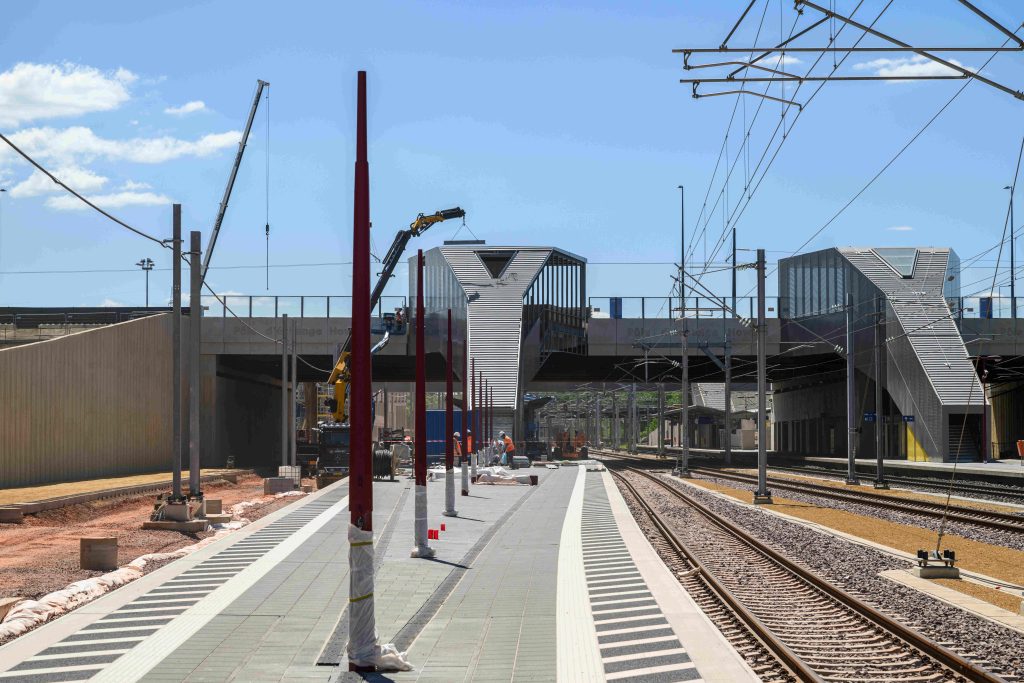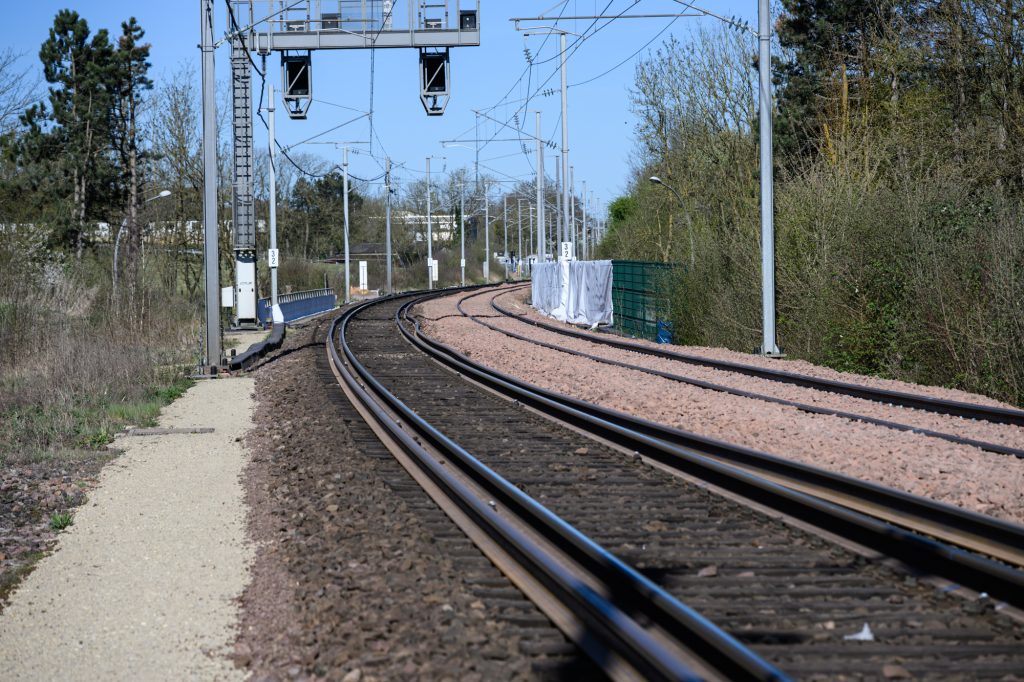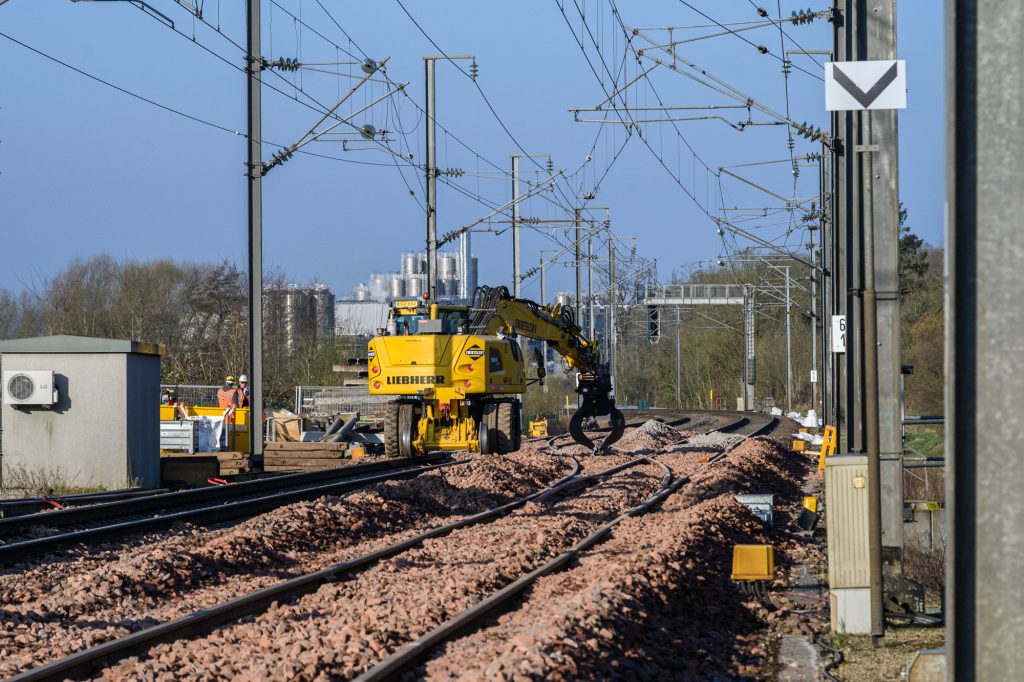
On the tracks of customer information: timetable adjustments
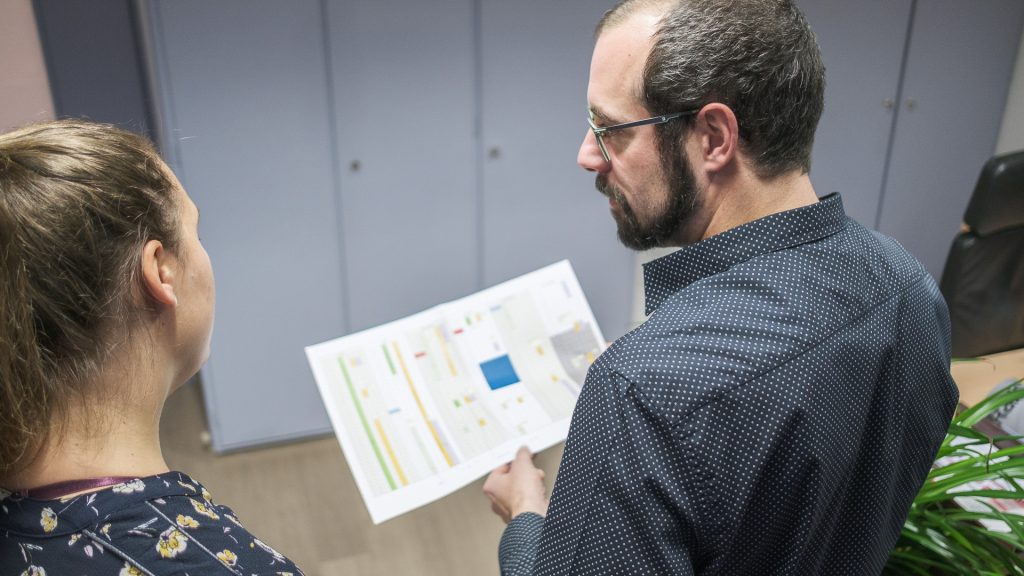
When evaluating our services, the topic ‘customer information’ plays an important role. In this article series, we will introduce you to many motivated employees who are committed to ensure that you are well informed at all times, especially during periods of engineering and construction work. Updated timetables are essential for a good customer information. We talked to Lou, one of the employees who plays an important role in the configuration of timetables.
It is important to regularly update the timetables to ensure that customers don’t end up being surprised by planned engineering works. This prevents them from standing on the platform with no train at view or, vice versa, from thinking the train is cancelled even though it is running and in this case almost empty. Both situations should not happen and are the proof why constant adjustments are so important.

This is Lou’s task. Timetables, which are planned several years in advance, have to be adapted at short notice to take current circumstances into account, for example, when engineering work is due. It is precisely here that information, i.e. when, where and how trains run, is particularly important so that customers can prepare themselves for the new conditions and adapt their journey. “For the duration of engineering work, I look for an adapted, customer-friendly and understandable solution for everybody”, explains Lou.
Travel safely and comfortably and guarantee connections, even in times of engineering work
Lou has to consider many details while updating the timetables. How many clients are travelling on this section during this period? What rolling material has to be provided to transport these clients? How can the timetable be organised to provide the best possible service to customers despite engineering works? International factors also have to be taken into account and influence Lou’s work.
“When creating the timetables, I think for example of how many trains can be operated on this section despite engineering work. If substitution busses are used, I plan, together with my colleagues from the bus department, how often they run and pay attention that connections (trains and busses) can be assured at all times.”
(Click on the images for more information)
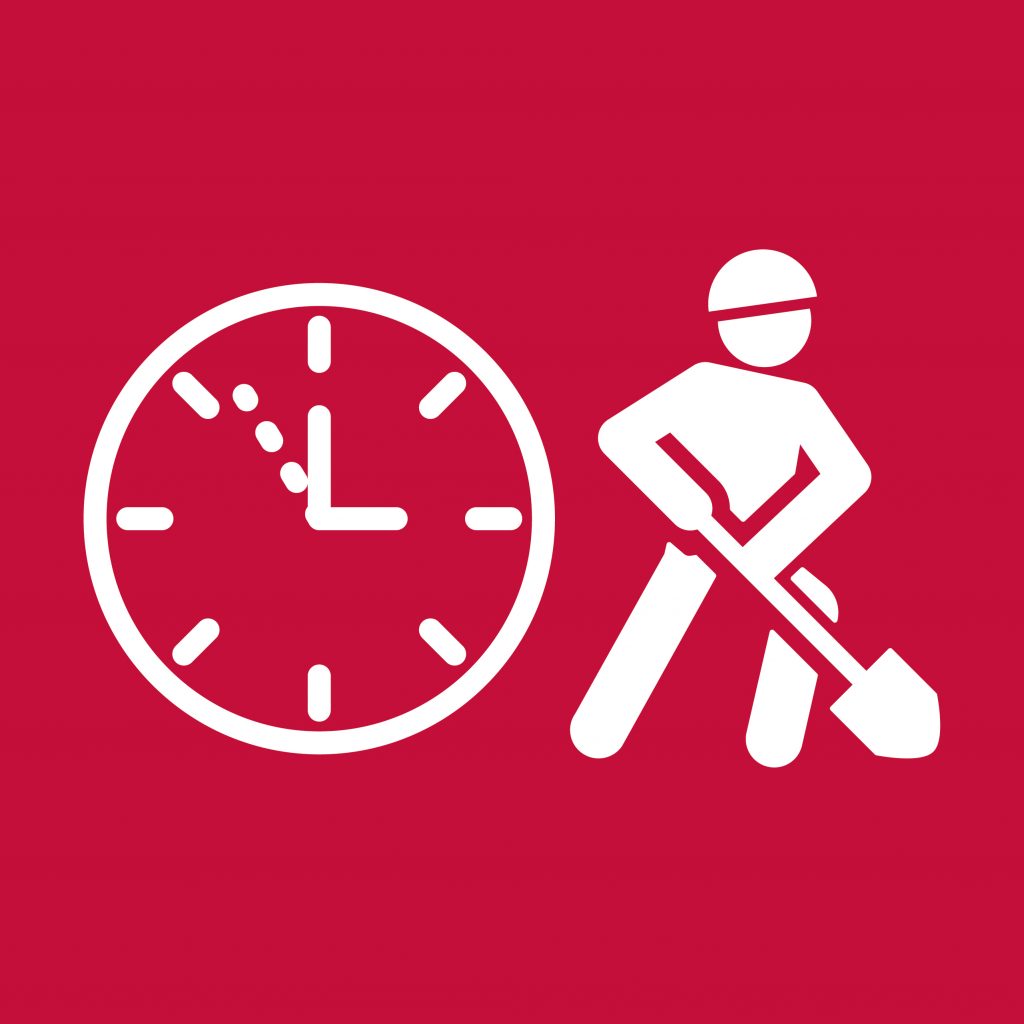
The adapted timetable for engineering work is published 2 to 3 weeks in advance 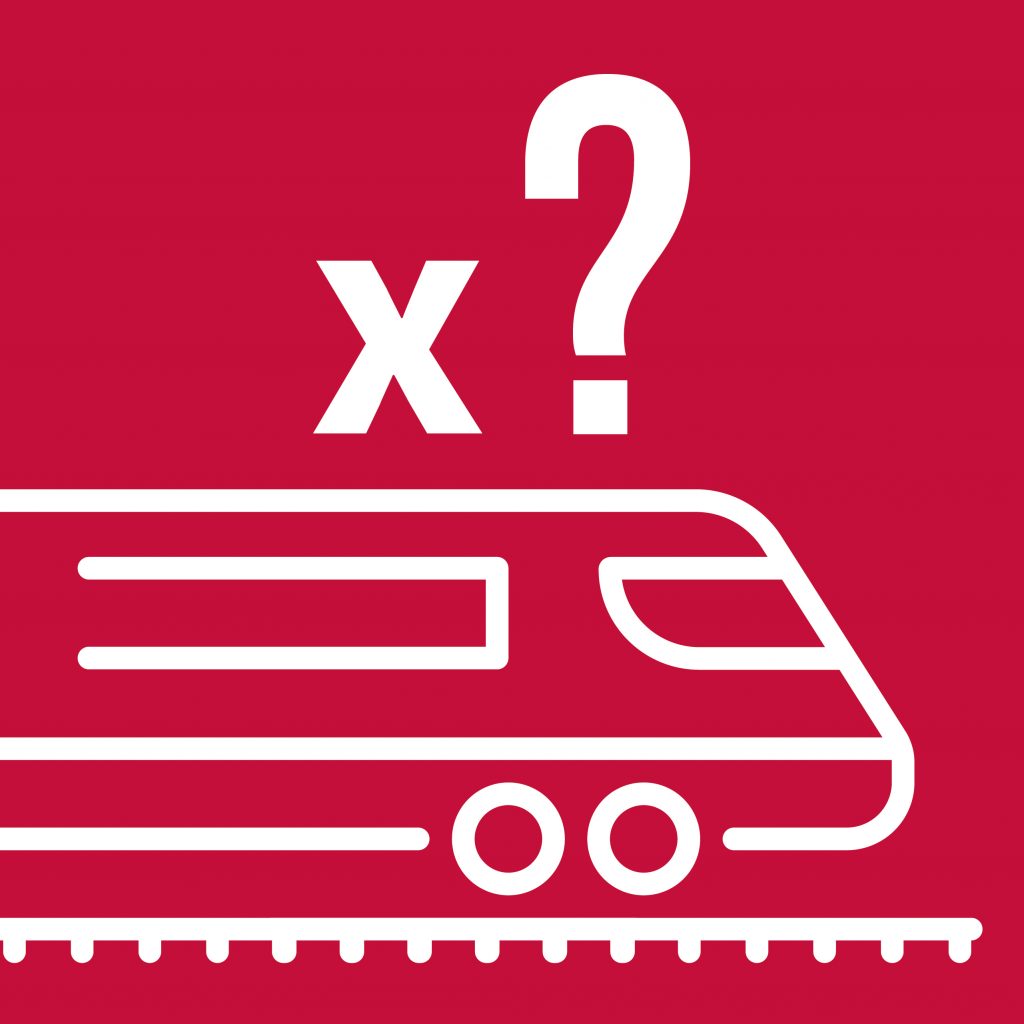
Lou reflects about the number of trains and buses which operate on the concerned section 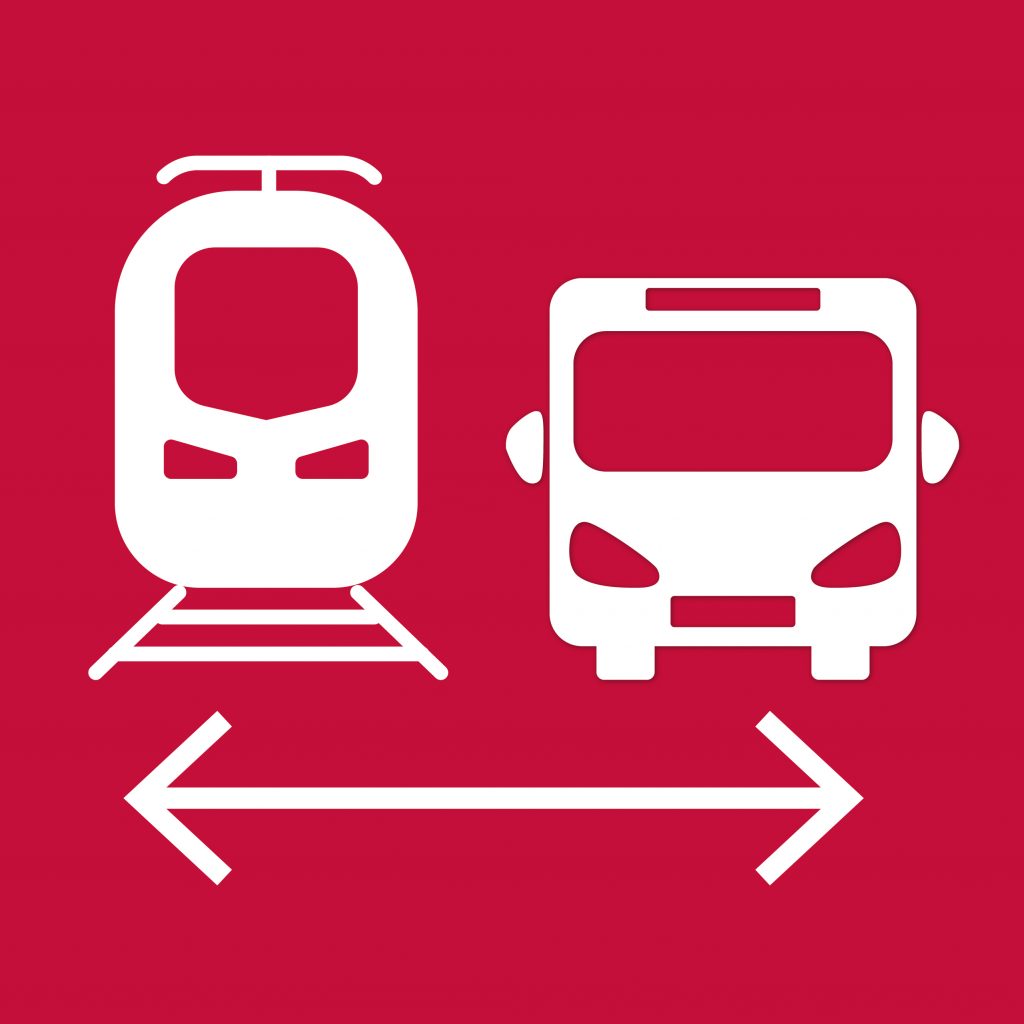
Lou coordinates with the bus manager 
Lou reflects about the number of customers who travel on the concerned section 
Special trains are put in place for major events 
Lou reflects about the planned type of rolling stock to assure that customers travel comfortably and safely 
The same information is relayed on the app, on the internet, on signs and on flyers
More departures, smaller busses
Another point is to assure that clients get to their destination comfortably and safely even during engineering works just as they would expect during normal traffic. For this reason, Lou coordinates with the person in charge of the buses how many buses are needed. To prevent the substitution buses from being to full, they ensure that buses depart regularly rather than having few big busses, which leave less often. This ensures that as many clients as possible can be offered a seat and that the amount of customers are more evenly distributed in the busses.
Timetable adjustments for special occasions
As a mobility partner, the CFL also adapt their timetable to major events and expand their train offer and capacities if required. On national holidays, or for concerts, festivals or events such as Esch2022, Lou schedules special trains, in order to give more people the opportunity to travel by public transport.
Adapted timetable-data on all platforms for a better overview
In the context of engineering works, changes in the timetable are usually published 2 to 3 weeks in advance to the event they are referring to. To ensure that clients are well informed, Lou and his colleagues upload useful information to the CFL website, such as the timetables for substitution services including graphics explaining the route to the substitution bus stops, or additional flyers about the adapted train service. Lou also passes on the information of the adapted timetable to Michel, who then includes it in the electronic timetable search. This ensures that the adjusted timetable is available in the CFL mobile app as well as on www.cfl.lu. Thus, clients are already well informed while planning their journey.
Communication is key
To ensure that clients are also well informed on site in the stations and at the stops, Lou sends the information to Noemie, who then prepares information signs and posters, which are then installed in the stations.
Finally, Lou also communicates the information about the adjusted timetables to all the municipalities located along the affected train section, which are concerned by the changes. The Mobility Centre also gets all the information so that clients find the same information everywhere, regardless of their information source.
